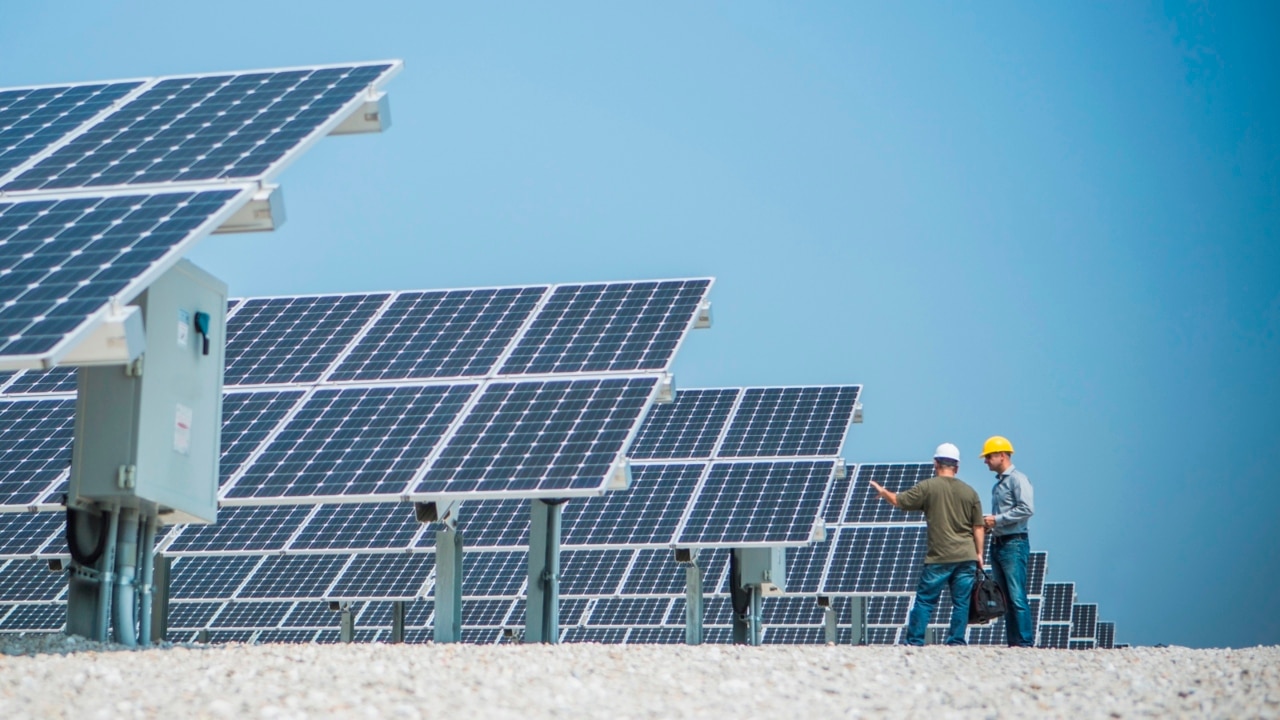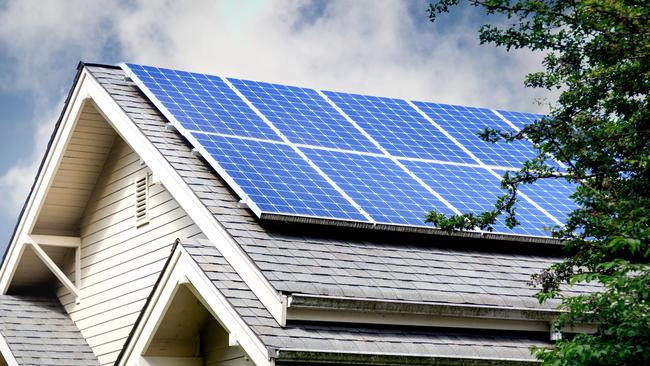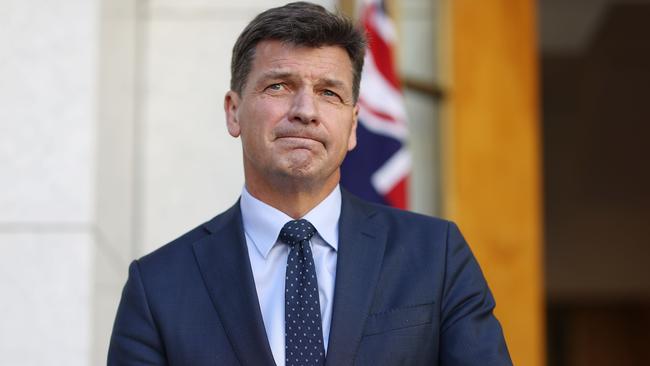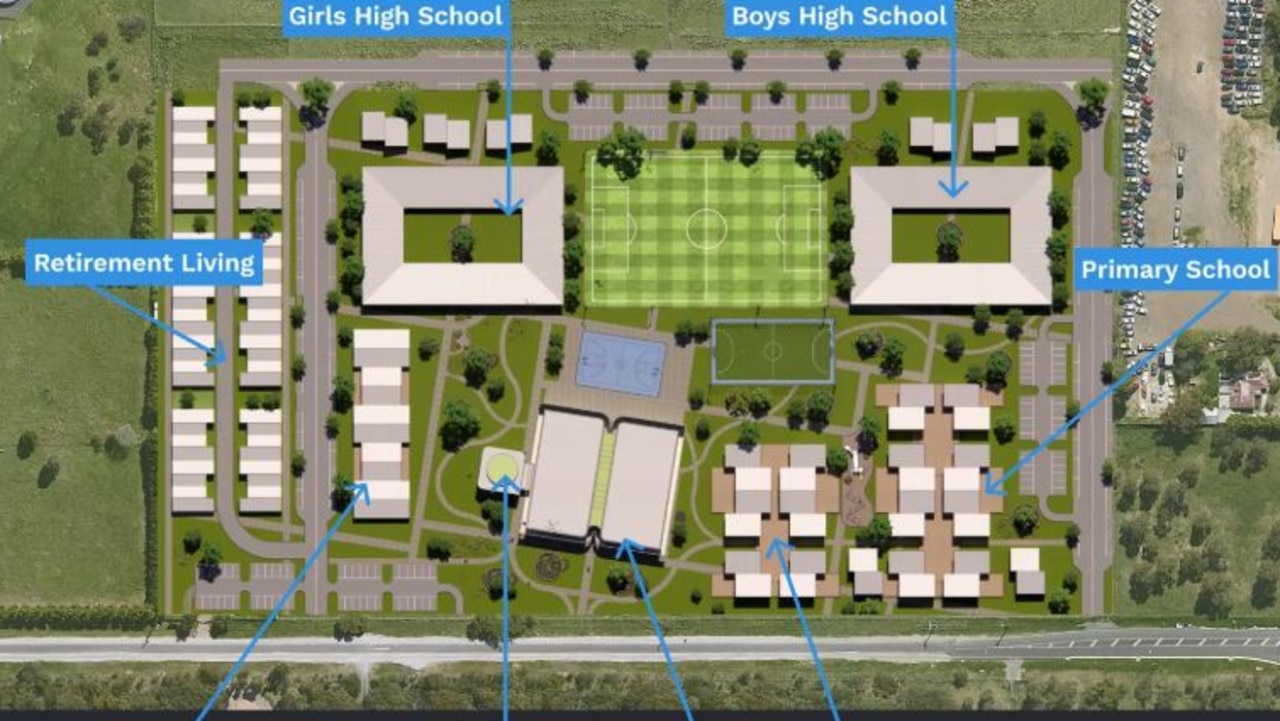Windfall for households with rooftop solar
A major power plan to kickstart investment in renewables will result in a big win for Aussies with rooftop solar panels. This is how the reform will work.

News
Don't miss out on the headlines from News. Followed categories will be added to My News.
Electricity generators which can power up on demand will be paid new subsidies in a bid to prevent a repeat of the disastrous Hazelwood closure that sent power bills skyrocketing.
With half of Australia’s coal-fired generators to be mothballed by the end of the decade, the payments are part of a sweeping reform plan designed to kickstart massive investment in new gas, pumped hydro and battery plants.
The Energy Security Board’s blueprint, to be released on Thursday, reveals this will save consumers as much as $1.3bn while and ensure the lights will stay on when wind and solar generators are offline.
The reforms also pave the way for 2.7 million households with rooftop solar to save more on their power bills by tweaking their usage patterns and feeding electricity back into the grid.

Australia’s renewable revolution means wind and solar power is being installed at 10 times the world average and double the rate of the next fastest country, but while that is bringing down power bills, it is also causing price volatility and threatening the future of coal-fired stations.
Board chair Dr Kerry Schott said the plan, which is now being considered by state and federal ministers, aimed to “deliver reliable, affordable, lower emissions electricity for consumers and to keep the lights on as the system decarbonises”.
Federal Energy Minister Angus Taylor said the sudden closure of power stations such as the Hazelwood coal plant, which shut in 2017, were “disastrous” for consumers.
“Everyone paid the price for an unexpected closure of a big coal-fired generator. This is about preventing that from happening again,” he said.

The new subsidies — paying generators to be able to supply electricity, not just for the power they actually produce — will be designed over the next two years.
“The signal to the industry is clear. If you put dispatchable, flexible generation into the market, which can complement the record levels of investment we’re seeing with renewables … if you do that as an investor, you’ll be rewarded,” Mr Taylor said.
While renewable advocates have warned the move will prolong the life of coal-fired generators, the board’s report said the scheme would only support generators that could “respond flexibly” to peak power demand, which is more difficult for ageing coal stations.
Mr Taylor said that with one in four households now having rooftop solar, the reforms would help them get the best return on their investment, while also ensuring authorities did not have to curtail solar generators to maintain the stability of the grid.
AUSTRALIA’S POWER PLAN
Developed by the Energy Security Board, these recommendations are designed to ensure affordable, reliable and low emissions energy as Australia’s power grid is transformed by the introduction of renewable generators and the retirement of coal-fired power stations.
Resource adequacy mechanisms: Incentives to deliver a mix of power generation — including renewables as well as more reliable sources like coal, pumped hydro, gas and batteries — that drives down electricity prices and ensures the lights stay on.
Essential system services: Rules to ensure frequency control, inertia, operating reserves and system strength — all of which are essential to the security of the electricity grid.
Integration of distributed energy resources: Reforms allowing consumers with rooftop solar, household batteries, smart appliances and electric vehicles to save money and support the grid efficiently.
Transmission and access: Plans to ensure poles and wires are built in an affordable and timely manner to bring new generators into the grid, particularly in special renewable energy zones, while limiting the cost to consumers and managing network congestion.





